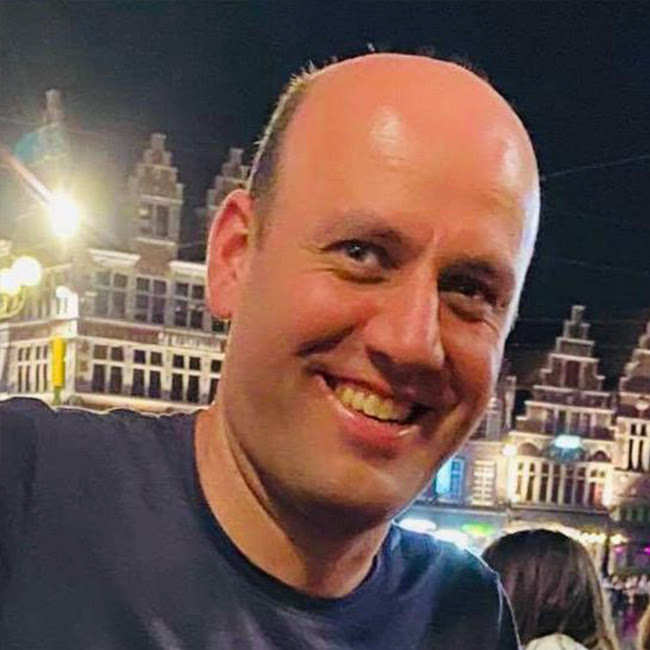
Title
An Attack Became a Tool: Isogeny-based Cryptography 2.0
Abstract
Nearly two years ago, the Supersingular Isogeny Diffie-Hellman protocol got broken completely, just a few weeks after its incarnation SIKE had advanced to the 4th round of NIST's post-quantum cryptography standardization effort. Even though the pure isogeny-finding problem is not affected by the attack, the field of isogeny-based cryptography was sent back to the drawing board. However, interestingly and perhaps surprisingly, after a brief setback, the field is actually blossoming. This is because the key ingredient of the attack, namely isogenies between higher-dimensional abelian varieties, has proven to be a powerful constructive tool, allowing for various new constructions, but also for the improvement of existing ones. The most notable example is SQISignHD, a very promising variant of the signature scheme SQISign that is now competing in the NIST competition. The goal of this talk is to give a high-level overview of both the attack and the new constructions.
Biography
Wouter obtained a PhD in mathematics at KU Leuven in 2006, under the supervision of prof. Jan Denef. He is now working as a research expert at COSIC, again at KU Leuven, in the public-key cryptography subgroup led by prof. Frederik Vercauteren. His research interests are in computational number theory and algebraic geometry, with a focus on their applications to cryptography. Most of his current research time is devoted to post-quantum cryptography, and to isogeny-based cryptography in particular.